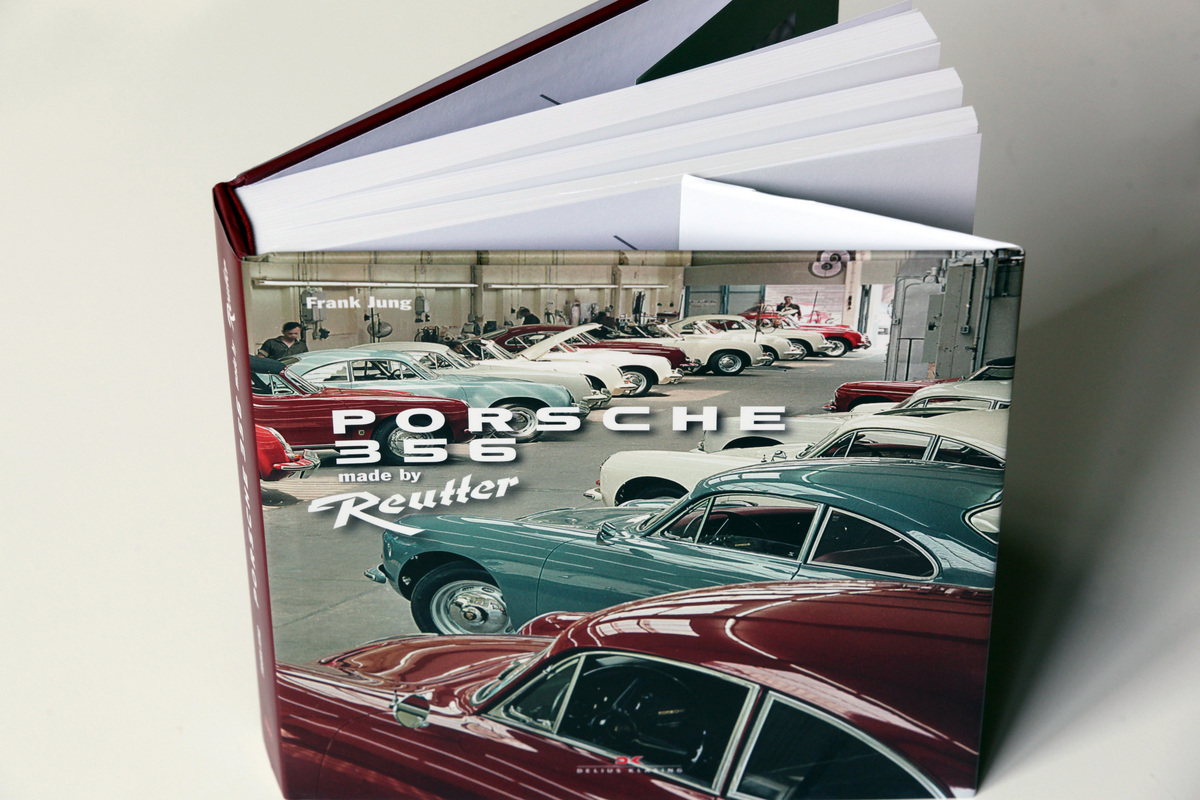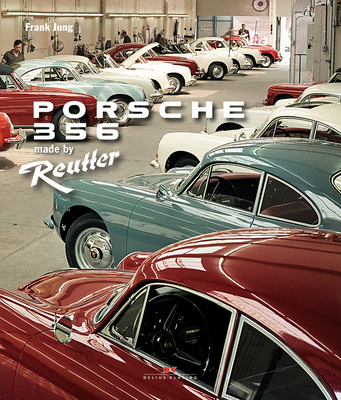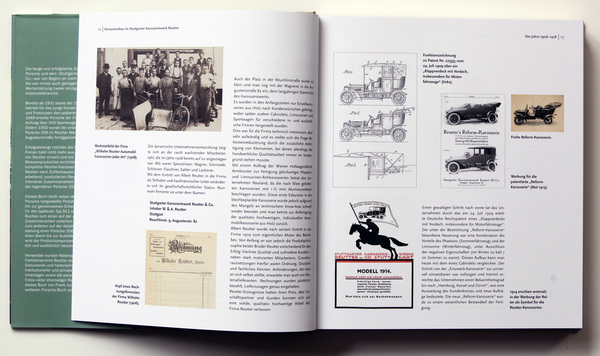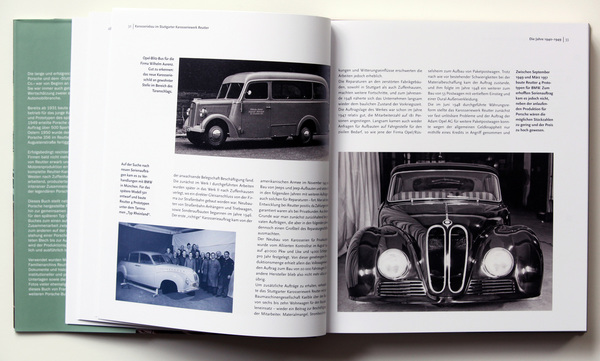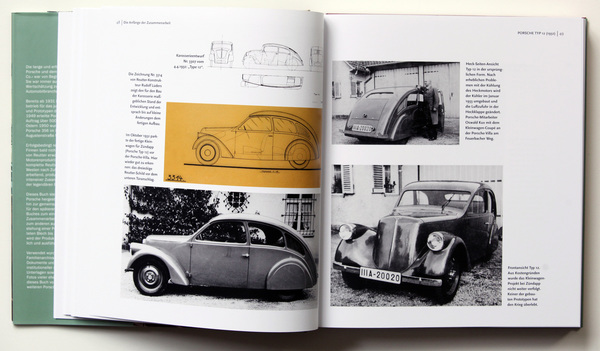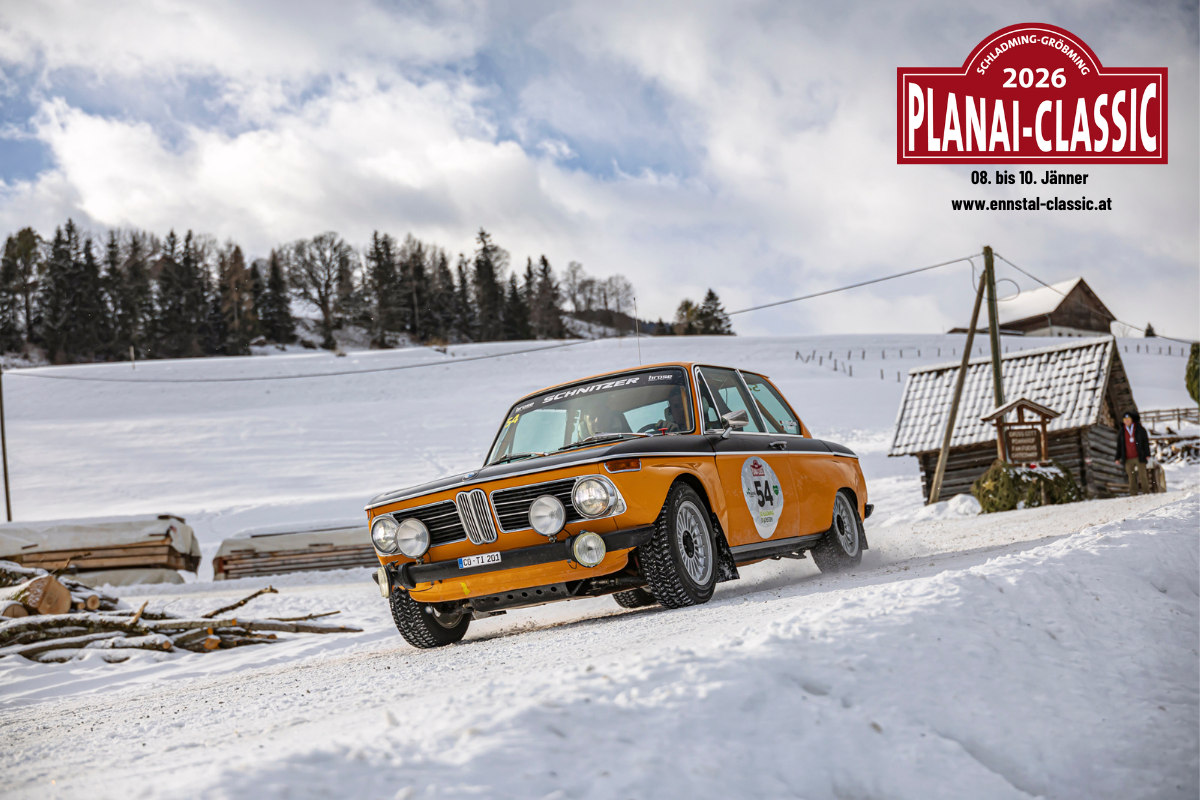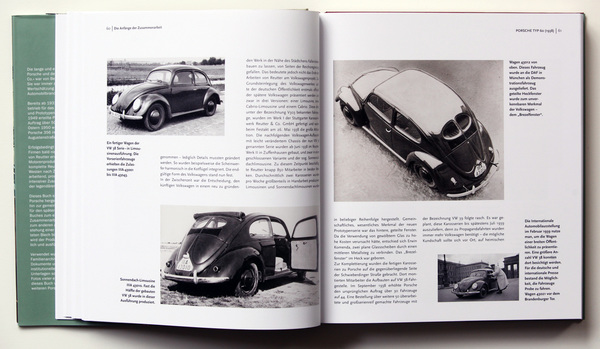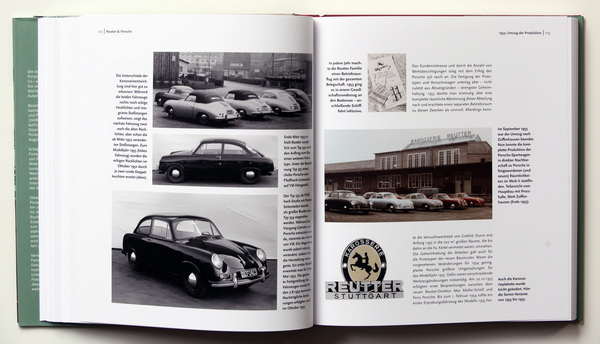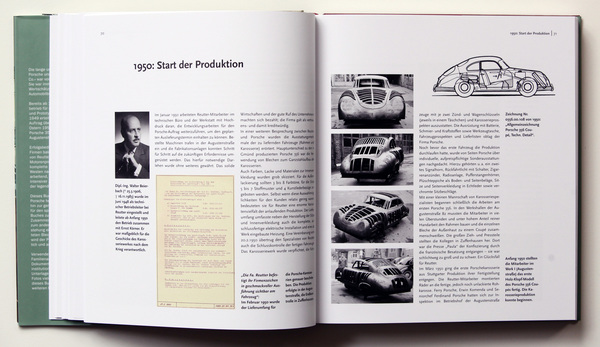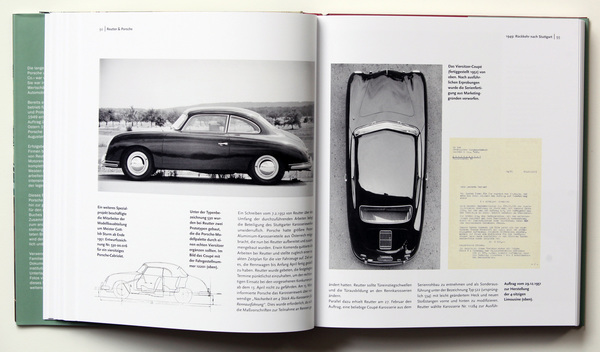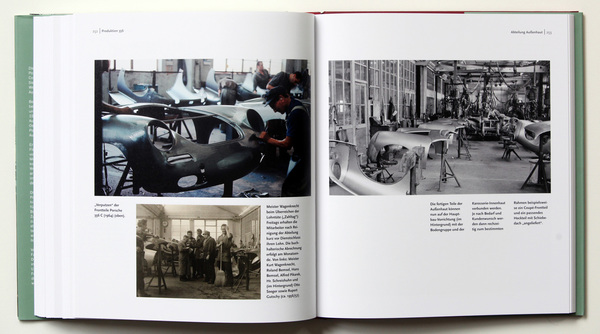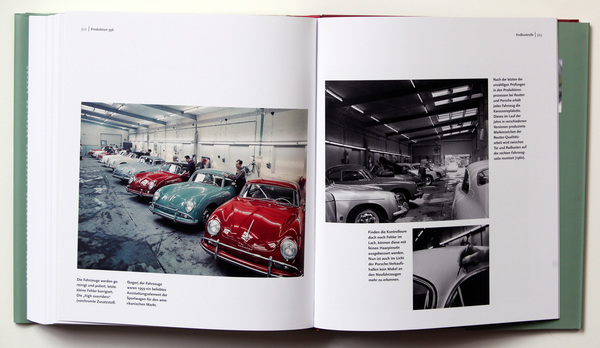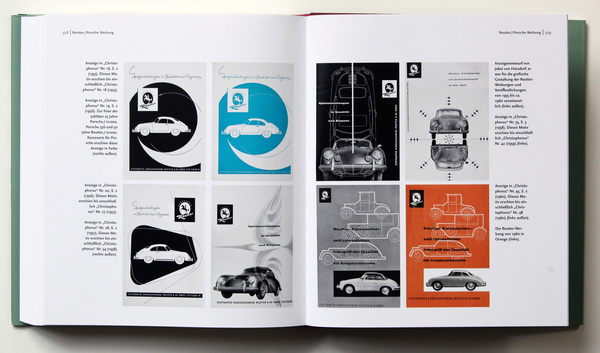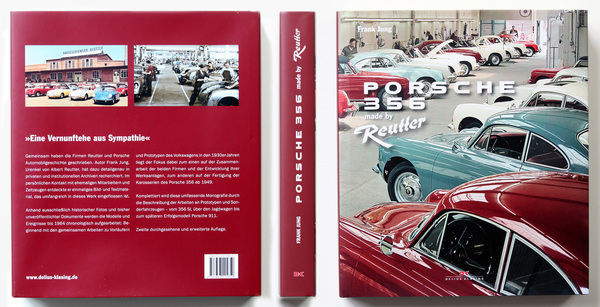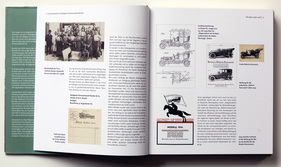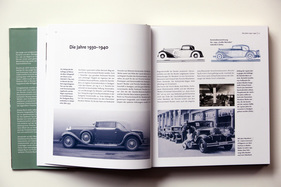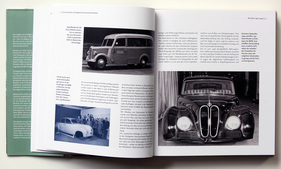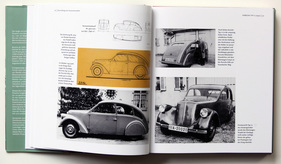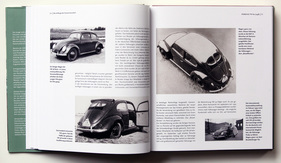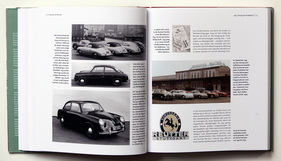Porsche would probably never have succeeded in becoming the leading sports car manufacturer had it not been for the Reutter coachwork plant in the immediate vicinity of Porsche's headquarters in Stuttgart Zuffenhausen. Only the almost symbiotic cooperation on the Reutter site made it possible for Porsche to ramp up profitable series production of the 356 and make use of Reutter's body shop.

For Reutter, this symbiosis was both a curse and a blessing: on the one hand, profitable production volumes, on the other, dependence on the business performance of just one customer. In the end, the entire bodywork division was acquired by Porsche in 1963, while the rest of the company concentrated on the supplier division under the name Recaro (REutter CARosserie).
Frank Jung, great-grandson of the company founder, and for several years responsible for the traditional work of Recaro, the successor company, tells the story of the Porsche 356 and "his" family business in the 2nd revised and revised edition.
Close relationships
At almost 340 pages, "Porsche 356 made by Reutter" is one of the more comprehensive books. This is because the author does not stop at simply recounting the collaboration between Porsche and Reutter on the 356, which only lasted just under 15 years, but also provides a 60-page introduction to the company's history.
In a picture section of more than 100 pages, he guides the reader through the years of Porsche production at Reutter, in which the pictures are arranged chronologically according to production stages.
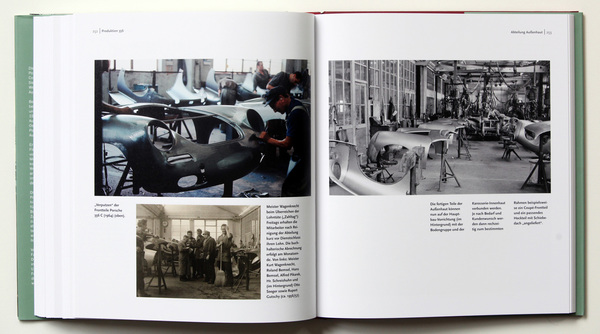
Embedded in between is the history of 356 production from the tender start with the order to build no less than 500 bodies. Meanwhile, the Porsche team rented cramped conditions on the Reutter company premises because the company's own factory on the opposite side of the road was still occupied by the Allies.
German post-war history: Things were looking up until the associated economic miracle demanded more sophisticated solutions, and the era of the Porsche 356 was drawing to a close, and not only in Germany. The collaboration with Porsche also ended with the purchase of Reutter's body shop. Only a few late 356s and very early 901s still showed traces of Reutter DNA.
The history of
The history of Reutter can be divided into two halves. The time without Porsche and the time with Porsche. From its foundation in 1906, the coachbuilder was one of many others in Germany who, before the outbreak of the Second World War, usually undertook coachbuilding for customers on request for the chassis supplied by the manufacturer.

This led to the establishment of a number of coachbuilding companies, many of which had made the transition from coachbuilding to wagon construction. Even the onset of mass production using assembly lines, which began in Germany in the 1920s, did not yet threaten the role of coachbuilders, as wealthy customers continued to attach importance to buying individual vehicles. But the zenith had passed.
After 1945, the self-supporting body and in-house production by car manufacturers became more and more prevalent.
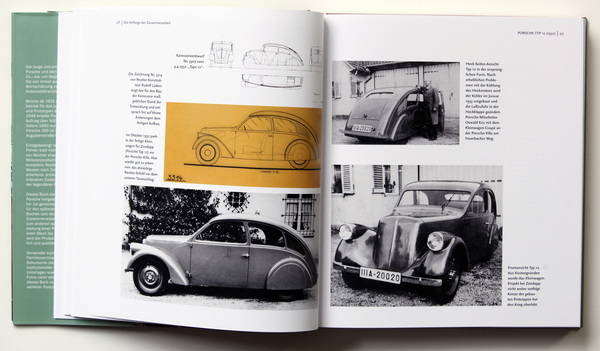
For Reutter, however, the proximity to the newly founded design office of Prof. Ferdinand Porsche in Stuttgart from 1931 onwards meant the opportunity in the new connection to become the "outsourced" body shop of the Porsche office and its designs. Porsche turned to Reutter in particular for the preparations for series production of the Volkswagen, and the opportunity was not to be missed.
On the one hand, the collaboration had already proved its worth with the precursor ideas for a Volkswagen for Zündapp and NSU, and on the other hand, all they had to do was leave the factory premises to continue working on the other side of the road behind the factory gate. Today we would call that a win-win.
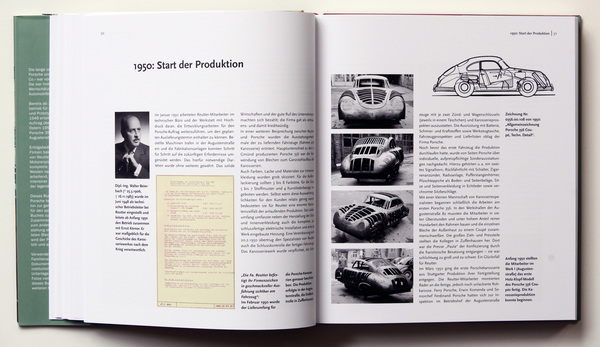
In 1949/50, the return of the Porsche team from Austria, with the idea of the 356 in their luggage, quickly rekindled tender ties, which ended in the close collaboration between Porsche and Reutter. This collaboration is the focus of more than 150 pages of the book. The author arranges this story chronologically in words and pictures. In doing so, he has been able to draw on the photographic material of the family as well as that of former employees. Speaking of pictures, this book is very appealing because it allows deep interpersonal tones and insights into the company's history - due to its sometimes unprofessional snapshot character.
Another 300 pages of Porsche?
"Porsche 356 made by Reutter", Porsche again? Yes, of course, and no, of course not. The book stays true to the company's history. However, this has been closely intertwined with the history of Porsche since the 1930s. In some places, it provides background information or at least background speculation that cannot be found in other Porsche literature.
Before 1939, for example, this concerns thoughts on the design history of the Berlin-Rom-Wagen (Type 64 K 10) or the VW Kübelwagen (Type 82) by Reutter. Even connoisseurs of these vehicle types can obtain, or rather catch, some additional information here. All this is only dealt with briefly and concisely, which is simply due to a lack of written archive material.

Jung remains focused on the history of the Reutter company and devotes a lot of space to the employees in particular. Names, responsibilities, skills and the realization by employees are presented in words and text and provide in-depth insights into life and work at Reutter. In view of the extensive pictorial material, one would wish for more pages, as the many illustrations would be even more charming in a more generous layout. But in order not to go beyond the scope of the book, they take a back seat as stamps.
A chapter closes
At the end of 356 production, Porsche buys the Reutter body factory and thus Plant II with everything that goes with it. Property, inventory, employees and know-how change hands and in the mid-sixties guarantee the rise of 911 production and Porsche development in the last third of the last century. Reutter becomes Porsche and lives on as Recaro and a supplier to Porsche and others.

Frank Jung puts this story down on paper in a full book. Jung cannot and does not want to distance himself from the family history. "At best, the truth lies in the middle," says Jung when asked about the results of his "family history". And he is referring to the fact that he sometimes had to speculate when he contrasted the research of other authors with his own clues and musings. His concern was strongly driven by the need to focus on the employees, "also because I wasn't there." Ultimately, he has succeeded in providing an insight into a family business that has not existed in this form for more than 50 years. That is why his book is neither a family chronicle nor a catalog of works. Rather, it is a tribute to a time that will probably never come again, and in which Reutter did not play a major role, but a very special one: without Reutter, the success of the Porsche 356 would probably not have been possible. And the early motorsport successes are unimaginable without Reutter's bodywork.
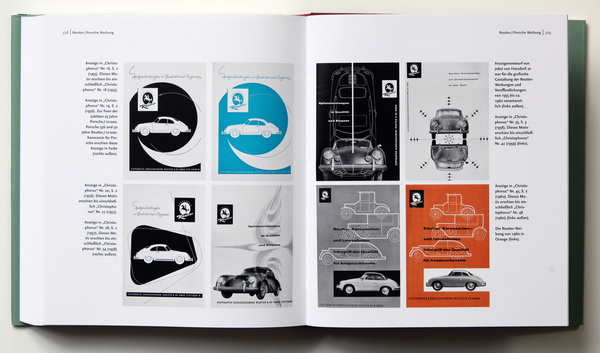
So in the end, another book on Porsche history? Definitely, because you can get to know all of Reutter's fans personally, but certainly not those of the Porsche 356. But for EUR 39.90 you get a lot of book: both in clearly formulated text as well as in extensive picture material.
The 2nd expanded and revised edition is interesting for all those who do not know the 1st edition. And for anyone interested in the beginnings of Porsche, the 356 model and the history of coachbuilding in Germany.
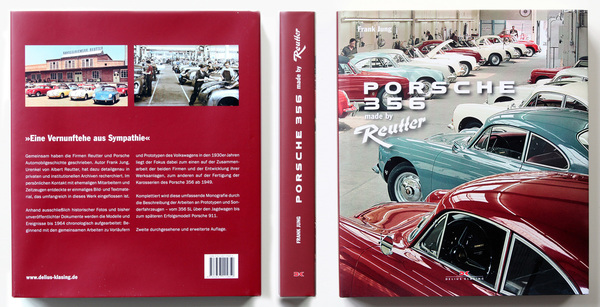
Bibliographical information
- Title: Porsche 356 made by Reutter
- Author: Frank Jung
- Language: German
- Publisher: Delius Klasing
- Edition: 2nd expanded edition 2019
- Format: Hardcover with dust jacket, 235 x 271 mm
- Scope: 336 pages, 718 photos and illustrations
- ISBN: 978-3-667-11585-0
- Price: EUR 39.90,
- Buy/order: Online at amazon.de, online at delius-klasing.de or in a good bookshop
